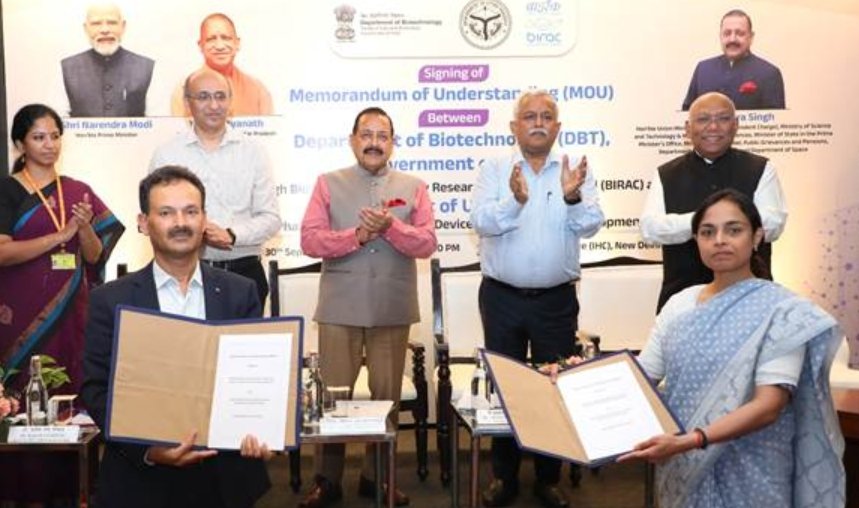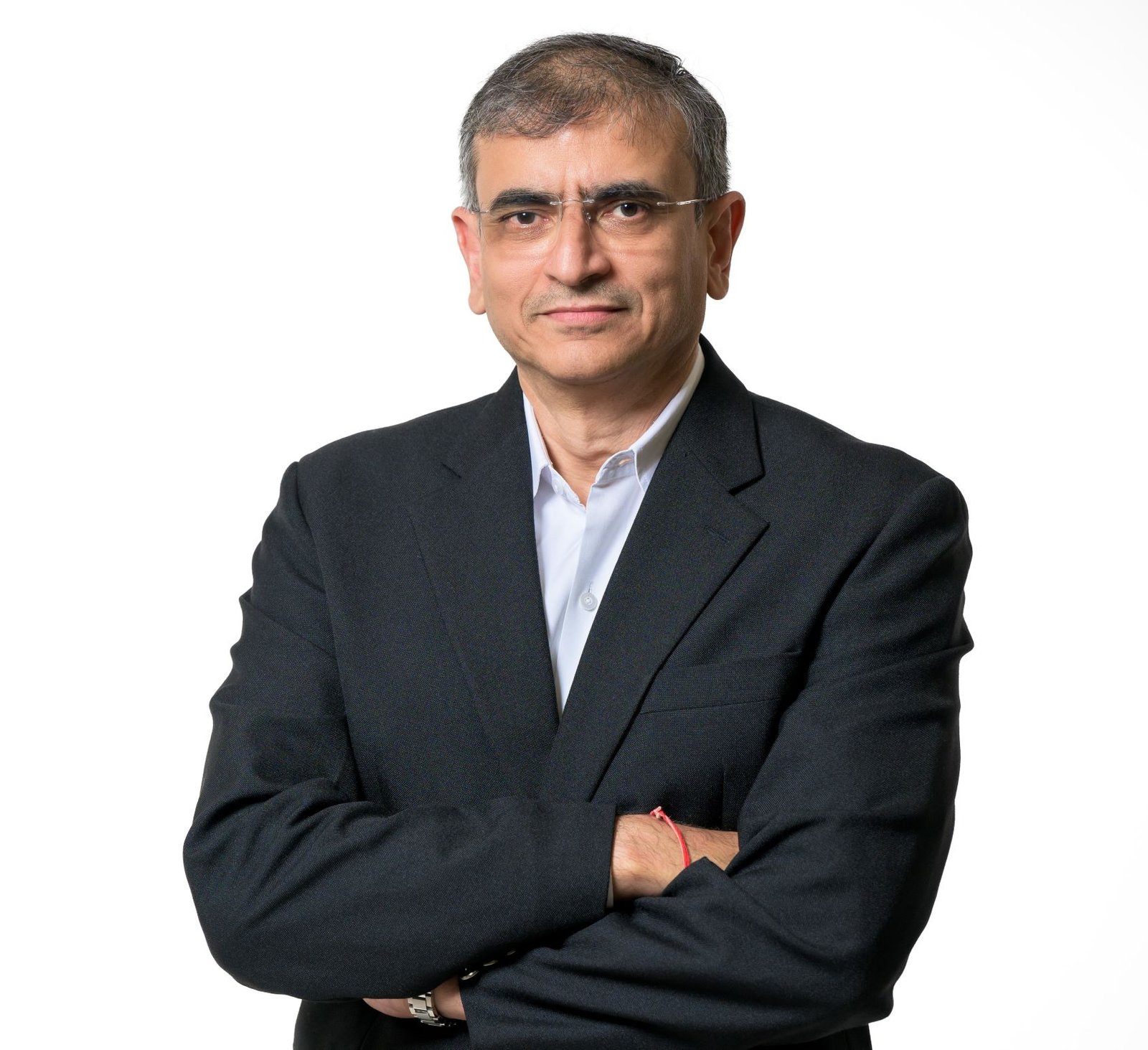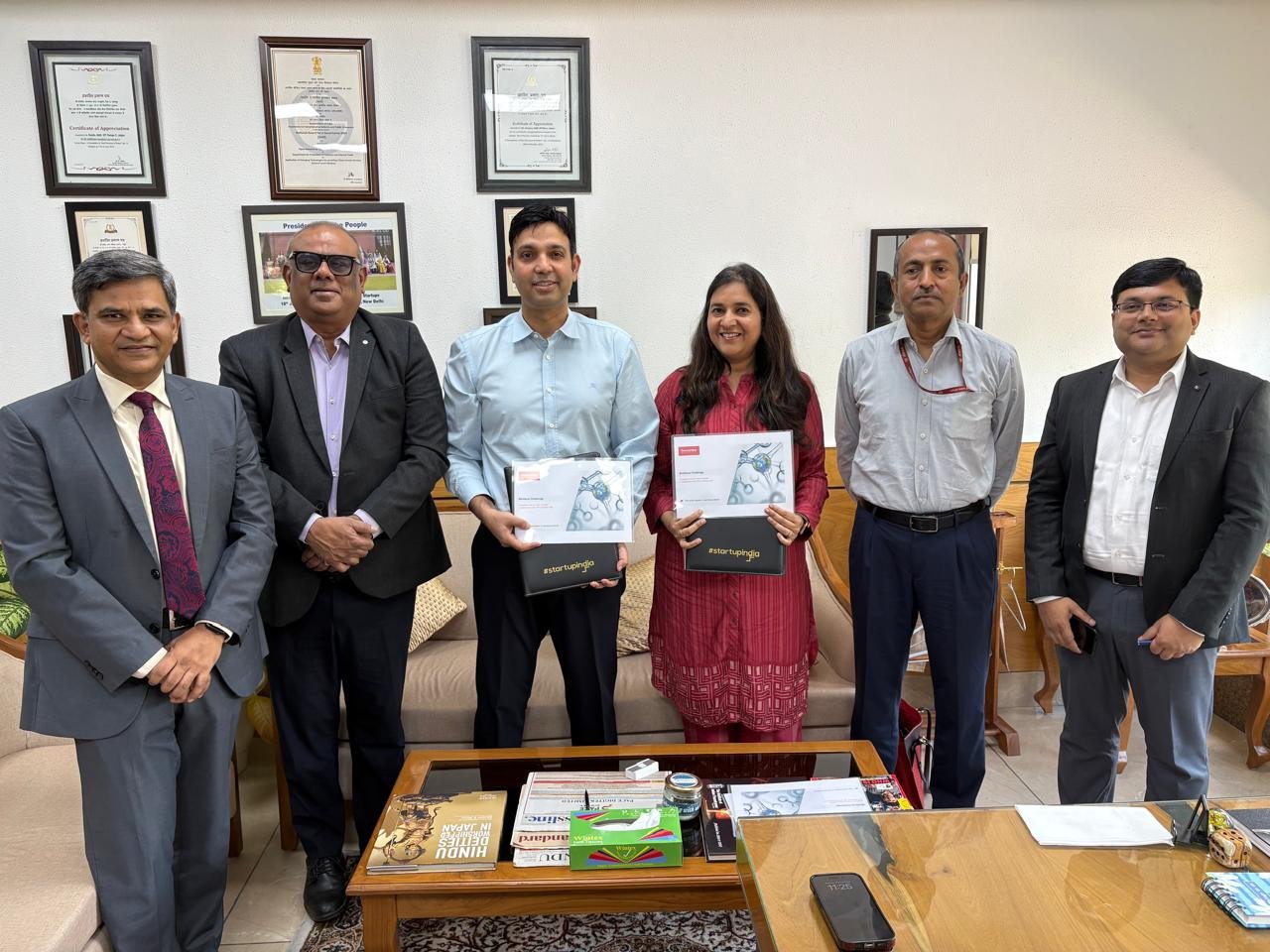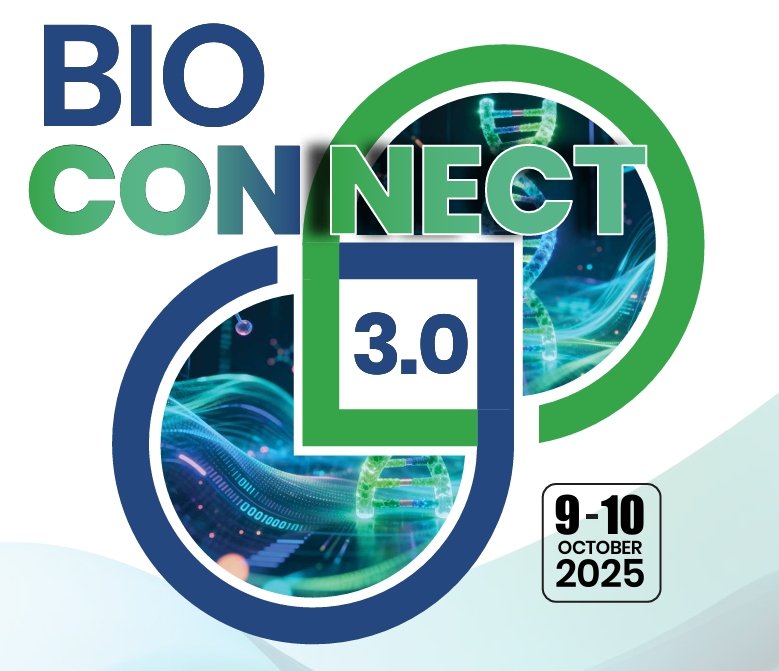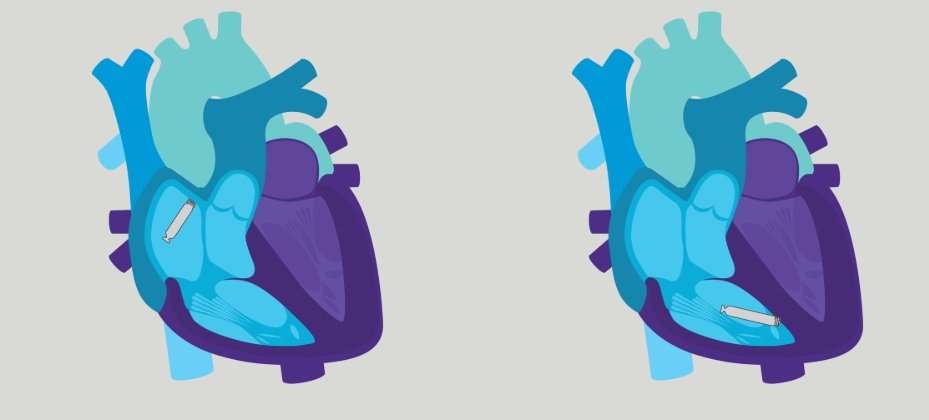"Integration of cutting-edge technologies and personalised treatment approaches is revolutionising the field of radiation oncology"
February 04, 2025 | Tuesday | Views | By Amguth Raju
Oncology experts at Sahyadri Hospital, Pune, become the first in the world to implement advanced precision radiation therapy for Deep Inspiration Breath Hold (DIBH). This innovation is setting new benchmarks in cancer care by significantly reducing radiation exposure to critical organs, such as the heart, particularly in breast cancer patients. In an exclusive conversation with BioSpectrum India, Dr Sanjay M.H., Radiation Oncologist at Sahyadri Hospital, shares insights into this cutting-edge technology and its transformative impact on cancer treatment.
You being the first to implement advanced precision radiation therapy for Deep Inspiration Breath Hold (DIBH), how does this technology work and what does it makes superior to conventional treatments?
Yes, indeed it is a proud moment for our expert team at Sahyadri Hospital to achieve the milestone of becoming the first Cancer care institutions in the world to implement advanced precision radiation therapy for Deep Inspiration Breath Hold (DIBH). This innovative technology is designed to enhance patient care by minimizing radiation exposure to critical organs, such as the heart, during treatment.
Before initiating the first treatment, the hospital conducted rigorous quality assurance checks and validation tests to ensure the reliability and accuracy of the technology. The first patient to benefit from this advancement was a 45-year-old woman with early-stage left-sided breast cancer who had previously undergone surgery and chemotherapy. To reduce radiation exposure to her heart, DIBH with Surface Guided Radiation Therapy (SGRT) was employed using the VitalHold feature on the Radixact System.
Over her 15-day therapy, the patient adapted effortlessly to the process, finding the system intuitive and comfortable. She particularly valued the non-invasive nature of the setup, which eliminated the need for tattooing. Her feedback underscored the user-friendly design and the simplicity of following breath-hold instructions, making her experience overwhelmingly positive.
With the National Cancer Registry Programme reporting rising cancer cases in India, how do you see this emerging technology addressing the growing demand for advanced diagnostic and treatment solutions?
According to recent estimates, India records approximately 1.35 million new cancer cases annually. With only around 900 radiotherapy installations currently available, the country faces a significant shortfall, requiring an additional 850 to 900 installations to adequately meet population coverage needs. This demand is projected to rise as cancer cases continue to increase over the next decade. Utilizing empty cobalt bunkers presents an opportunity to enhance efficiency and improve patient access to radiotherapy technology.
The field of radiation oncology is undergoing a transformative shift, driven by the integration of advanced technologies and personalised treatment approaches. These innovations are delivering better treatment outcomes and elevating the overall patient care experience. Radiation therapy remains a cornerstone in the treatment of various cancers, and emerging advancements such as Artificial Intelligence (AI) and Machine Learning (ML) are paving the way for a new era in cancer care. Techniques like Intensity-Modulated Radiation Therapy (IMRT), Image-Guided Radiation Therapy (IGRT), and Stereotactic Body Radiation Therapy (SBRT) allow oncologists to target tumours with remarkable precision, minimizing damage to healthy tissues. This precision not only improves the effectiveness of treatments but also reduces side effects, significantly enhancing patients' quality of life during and after therapy.
What advantages do you see in precision radiation therapy's ability to target tumours more accurately while minimising damage to healthy tissues? What advancements in this field do you believe will shape the future of oncology?
The advancements in precision radiation therapy are poised to significantly shape the future of oncology by enhancing treatment efficacy while minimizing collateral damage to healthy tissues. Technologies such as Intensity-Modulated Radiation Therapy (IMRT) and Stereotactic Body Radiation Therapy (SBRT) allow for highly targeted radiation delivery, which is crucial for tumours that may be located near critical organs. These methods enable oncologists to adapt treatment plans in real-time based on imaging data, ensuring that radiation is accurately directed at moving or changing tumors. Moreover, the integration of artificial intelligence and machine learning into treatment planning is revolutionizing how we approach individualised care. By analysing vast amounts of patient data, these technologies can help predict treatment responses and optimise dosages tailored to each patient's unique tumour biology. The incorporation of genomic profiling further personalizes treatment strategies, allowing us to identify specific molecular targets and adjust radiation plans accordingly. As we continue to refine these techniques, we anticipate a future where precision radiation therapy not only improves survival rates but also enhances the quality of life for patients through reduced side effects and shorter recovery times. The ongoing research and development in this field signal a transformative shift in cancer care, making it more effective and patient-centred than ever before.
What are the challenges in scaling such advanced technology across other hospitals in India? How can these barriers be addressed to make cutting-edge cancer care more accessible nationwide?
The integration of cutting-edge technologies and personalised treatment approaches is revolutionising the field of radiation oncology, leading to improved treatment outcomes and an enhanced patient care experience. Technology advances such as the introduction of image-guided radiotherapy (IGRT) have enabled smaller treatment volumes, shorter treatment fractionation schedules, improved outcomes, and minimised toxicity. Emerging technologies like Artificial Intelligence (AI) and Machine Learning (ML) can pave a way for new era in cancer treatment. With cutting-edge technologies like Intensity-Modulated Radiation Therapy (IMRT), Image-Guided Radiation Therapy (IGRT), and Stereotactic Body Radiation Therapy (SBRT), oncologists can precisely target tumours with minimal damage to healthy tissue. This precision not only enhances treatment efficacy but also reduces side effects, improving patients' quality of life during and after therapy. outcomes, and minimised toxicity. The use of hypofractionation, which uses fewer fractions of radiotherapy with a higher dose per fraction compared to conventional fractionated regimens has grown more common as delivery techniques have become more accurate, helping to boost efficiency. The most common examples are stereotactic body radiotherapy (SBRT) and stereotactic radiosurgery (SRS), delivering full treatment over 1-5 sessions. Although these technological advances in planning and treatment delivery have helped to drive new practices in radiotherapy, the need for precise image guidance, patient immobilisation, and motion management may contribute to the perception of complex workflows that can be resource-intensive and prohibitive.
Amguth Raju



